search
date/time
 | Yorkshire Times Weekend Edition |
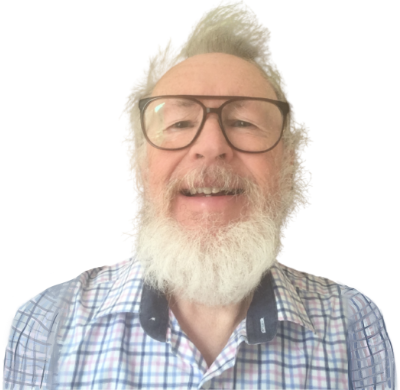
Andrew Liddle
Guest Writer
12:00 AM 25th October 2025
arts
A Flamenco Spectacular Lights Up Scarborough In November
Andrew Liddle chats to one of Spain’s finest Flamenco dancers, Josie Laurel
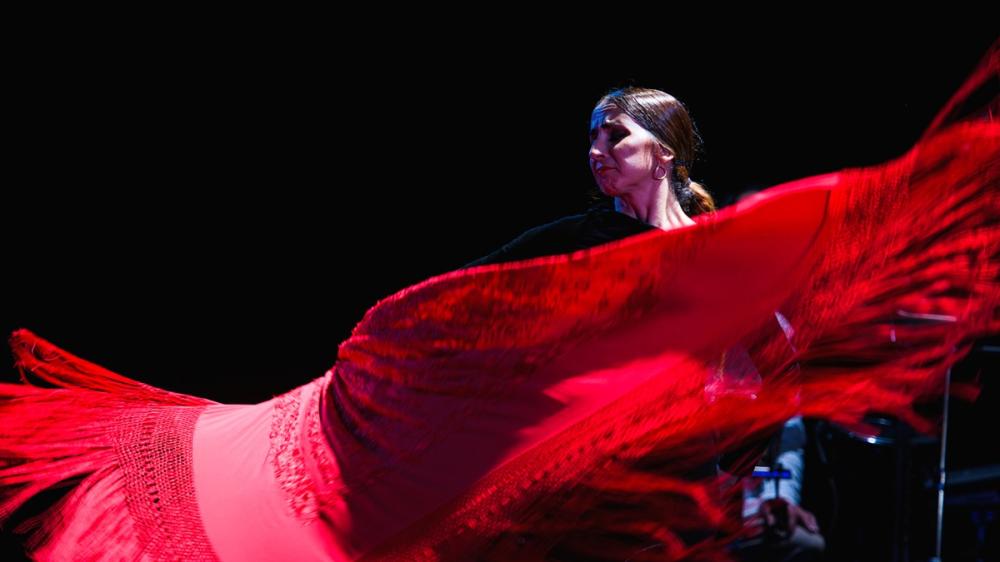
Devotees tell you of entering a trance, being completely caught up in the frenzied intensity of the guitar music, mesmerised by the vibrancy of the dance as the woman, her back arched proudly, her arms raised in élan, her ruffled skirts swirling as her hips swivel and her heels beat an insistent rhythm. She will hold sway for as long as she wishes, seldom much short of twenty minutes.
“My parents tell me I was in love with Flamenco aged 3, the first time I saw it,” says Josie Laurel, the producer, co-choreographer and dancer in Origenes Flamenco, which is coming to Scarborough on the second Saturday in November. “And I actually can’t remember a time when I wasn’t.”
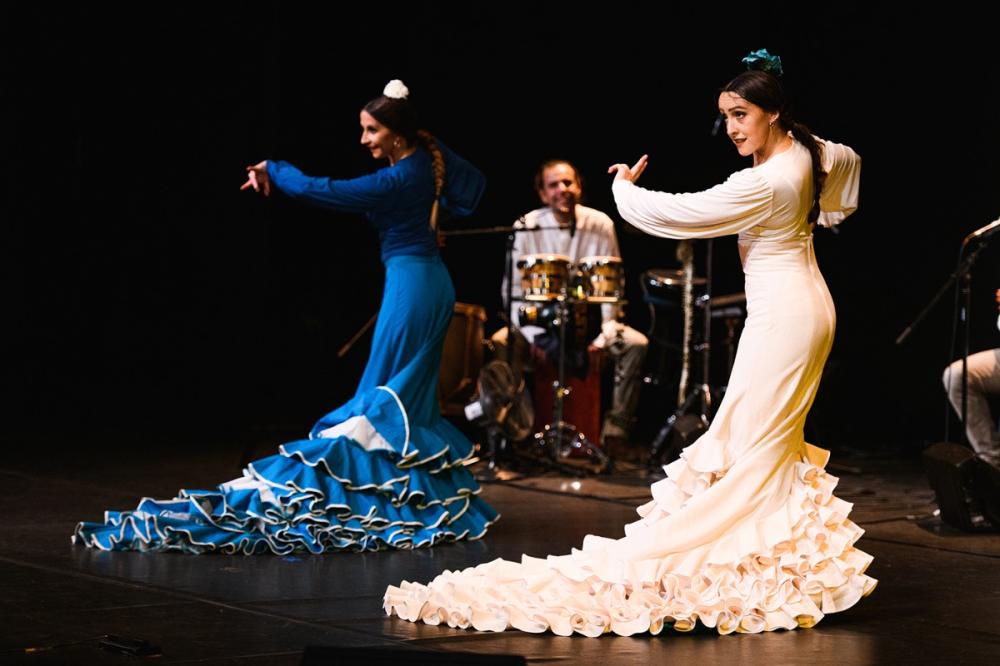
Spanish was not on the syllabus at her school so she taught herself from books and audio courses and with a little help from a kindly French teacher. “It was always my ambition to live in Spain and become a Flamenco dancer,” she continues. She’s speaking on the phone from Palma airport, Mallorca, finding time in her busy schedule to tell me about the show that is bringing warm Andalusian sun to brighten the November gloom. “I guess you could say I followed my dream.”
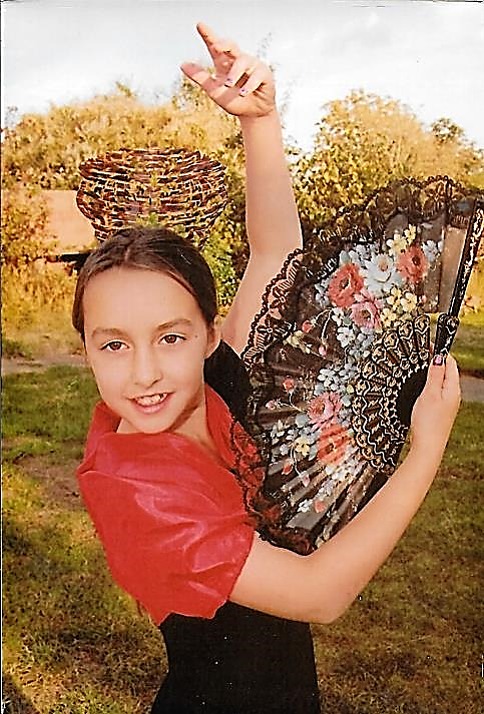
Josie as a child
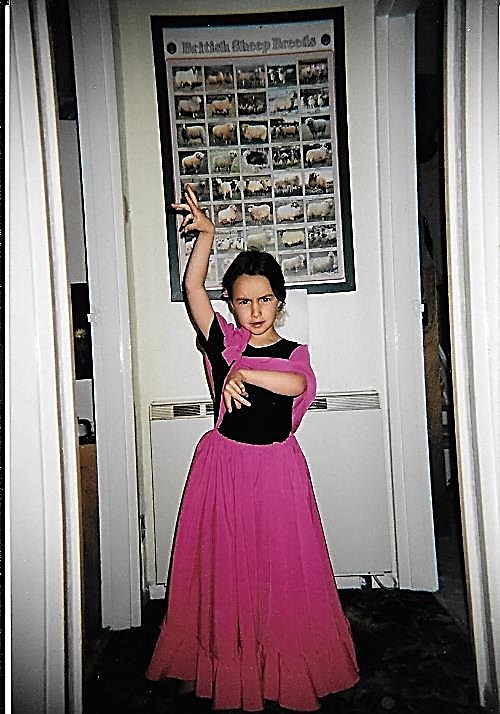
Now she is recognised as one of Spain’s top performers, but this was not achieved without years of physically demanding practice. For a British dancer there is no finer training ground than ‘The Place’, as the world famous London Contemporary Dance School is now called. There she learnt the full range of contemporary and traditional dance movements.
Having graduated, Josie wanted a mastery of one particular style and that meant moving to Seville, where she still lives, and enrolling with the hugely prestigious Fundación Cristina Heeren de Arte Flamenco. “For the first time in my life, I was in my natural element, totally immersed in the Andalusian world of Flamenco.”
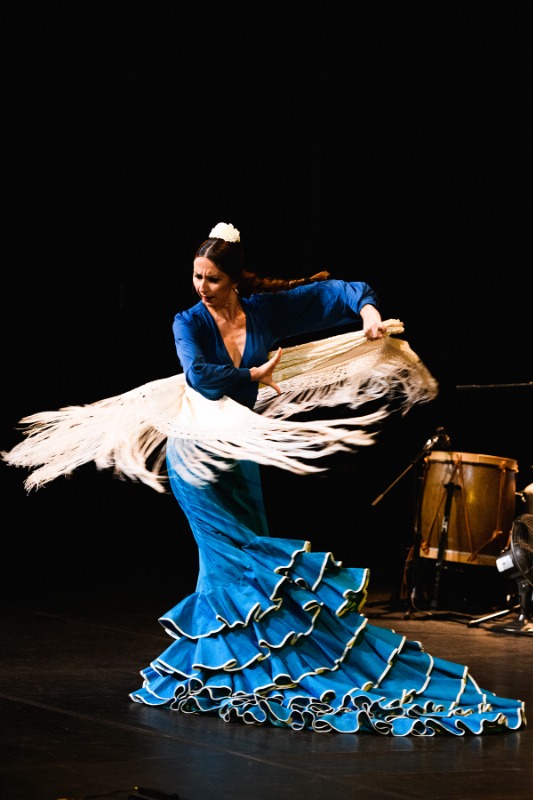
Seville is undoubtedly the birthplace and spiritual home of Flamenco which originated and flourished in the poorer neighbourhoods, often frequented by Roma gypsy and outcast Moors and Jews who remained in Spain in hiding, following the Reconquest of Spain by the Catholic Monarchs in 1492.
Later it would be shaped by Moorish, Jewish, and Christian influences. All of these are explored when the exceptional group of traditional Flamenco artists, led by the great Lourdes Fernández, comes to Scarborough. “By then we will be about halfway through our British tour,” Josie says, “but this one promises to be particularly special, because it’s the only one in the round which will allow us to challenge ourselves a little, with some innovative changes.”
”The evening is an exuberant, highly colourful, emotionally charged celebration of the multitude of art forms that fed into the evolution of the traditional art forms of the Andalusian people, which evolved out of the melting pot of cultures and peoples that have lived and thrived in the South of Spain, for millennia.”
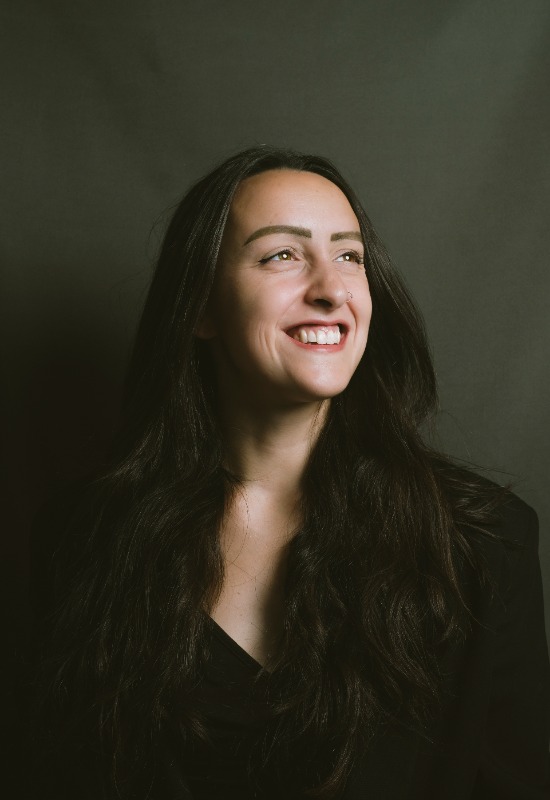
Josie Laurel
Lourdes Fernández, the artistic director, co-choreographer and dancer is obviously the most famous. “Yes we all look up to her as the great performer that she is, someone constantly looking to develop new forms of expression and enrich the language and rhetoric of the dance movement.”
Adrián Solá is the show's Musical Director, composer and guitarist, Ayoze de Alejandro López is the co-composer and script writer, Mónica García Machuca takes the vocals, on the intensely moving cante jondo (‘deep song’) and Fuensanta Zambrana Ruiz brings his swinging violin, an instrument rarely heard in traditional Flamenco but necessary for the recreation of historical influences.
Do you believe in destiny?” I ask. She laughs lightly, sees immediately where the question is leading. “The Flamenco artist believes passionately in duende, the moving spirit behind all things, particularly the heightened state of emotional awareness expressed in Flamenco.”
She leaves it at that, allows me to mentally make the connection between the little girl of 3 who experienced Flamenco for the first time and the dancer who has now been summoned to the passenger boarding gate.
All in all it promises to be an evening to remember.